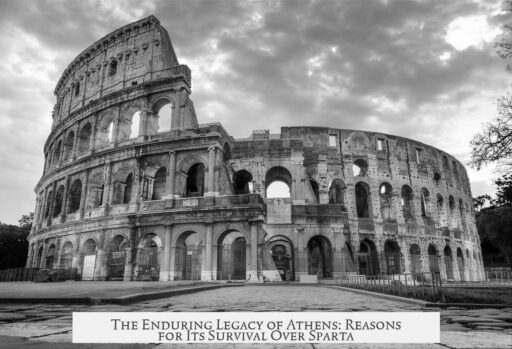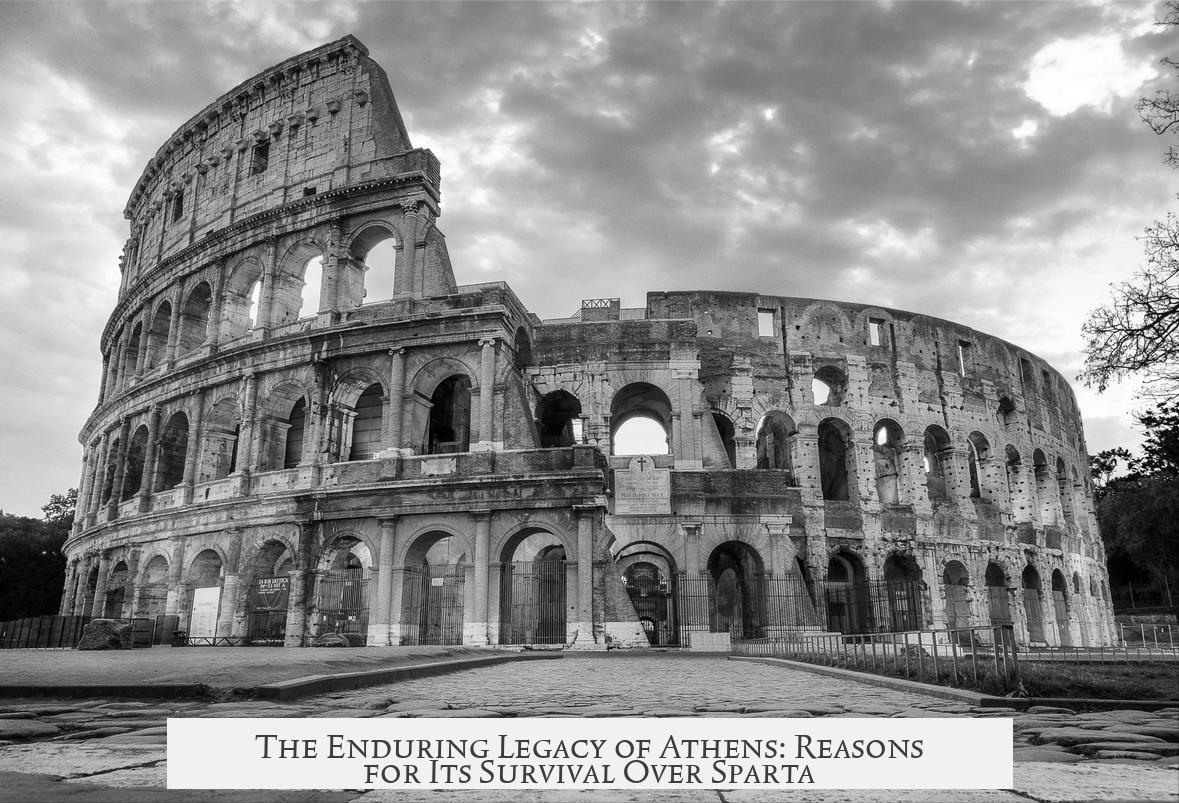Athens remains a vibrant and influential city today, while Sparta does not hold comparable status largely due to their different historical trajectories, geographic advantages, cultural legacies, and political evolutions. Modern Sparta does exist but as a small town with limited direct continuity to its ancient incarnation. Athens, by contrast, is a bustling capital with a population of approximately 3 million. The contrasting fortunes arise from multiple key factors spanning antiquity to modern times.
Geographically, Athens is situated on the eastern coast of Greece, near the Aegean Sea, making it a valuable port and trade center. This location also brought Athens closer to Constantinople (modern Istanbul), the Byzantine Empire’s capital, which was crucial during the turbulent late antiquity period. When the Goths under Alaric sacked Greece in the late 4th century and Slavic invasions followed, Athens benefited from Byzantine imperial protection and garrisons, allowing the city to recover and maintain urban continuity. Sparta, located further inland and southwest in the Peloponnese, lacked direct imperial defense and was effectively abandoned or reduced to a village-like settlement.
The cultural and intellectual prominence of Athens also played a central role in its survival and expansion. Athens was the cradle of Western philosophy, literature, arts, and democracy. Its Attic dialect became the basis for modern Greek, except for the Tsakonian dialect derived from Sparta. Roman and later Byzantine rulers valued Athens as a center of learning and culture, granting it special status that helped preserve its historic institutions and prominence. Sparta, known primarily as a militaristic city-state focused on discipline and conquest, lacked this cultural influence. While respected for warrior traditions, Sparta did not develop enduring arts, architecture, or philosophy to the same degree.
In the medieval period, political shifts further diminished Sparta’s importance. Crusader and Norman conquest fragmented the Greek world in the 13th century. The Peloponnese was largely governed from Mystras, a fortified town only miles from ancient Sparta. Mystras became a regional capital under Byzantine control, overshadowing and diverting attention away from Sparta. Athens remained politically relevant, ruled as a duchy, and retained its status as a regional center.
Population differences also influenced longevity. Ancient Athens grew to about 140,000 residents, larger than Sparta’s roughly 100,000 at its peak. Today, Athens’ metropolitan area is home to millions, whereas modern Sparta has under 40,000 residents. This demographic disparity reflects and reinforces Athens’ economic and political vitality.
Politically, Athens’ democratic governance fostered civic participation, intellectual vibrancy, and openness, aiding adaptation across eras. Sparta’s rigid oligarchic and militaristic society was less flexible and declined after classical times. Despite Sparta’s victory in the Peloponnesian War (431–404 BC) over Athens, this did not translate into sustained dominance or city development. Athens rebounded culturally and politically, while Sparta’s influence waned.
Finally, during the establishment of modern Greece in the 19th century, Athens was the clear choice for capital. The Renaissance of Greek nationalism emphasized Athens’ classical heritage tied to democracy and philosophy. A royal decree in 1834 attempted to revive Sparta culturally, but the city remained small and less influential. Athens expanded rapidly, becoming Greece’s political and economic heart.
- Geographic location: Athens had strategic coastal access near Byzantine centers, aiding survival and imperial protection.
- Cultural legacy: Athens’ role as a center of Western thought preserved its historic significance.
- Political structure: Athens’ democracy encouraged resilience; Sparta’s militaristic oligarchy limited adaptability.
- Medieval and modern politics: Nearby Mystras overshadowed Sparta, while Athens retained administrative importance.
- Population and size: Athens was and remains larger and more economically vibrant.
These factors combined explain why Athens remains a major urban and cultural center today. Sparta’s military-based society, geographic challenges, and political shifts confined it to a smaller role with limited continuity to ancient times. Athens’ legacy persists in modern Greece as a symbol of cultural achievement and democratic governance.
Why does modern Athens have much more population than Sparta?
Athens grew into a large metropolis and the national capital of Greece, with about 3 million people. Sparta, by contrast, is a small city near ancient ruins with roughly 35,000 residents. Its growth was limited historically and geographically.
How did the geographic location affect Athens’ survival over Sparta?
Athens is on the eastern coast near Constantinople, making it easier to defend and rebuild after invasions. Sparta, inland and to the southwest, was less accessible and faced declines after Gothic and Slavic invasions.
What role did cultural status play in Athens’ continuity compared to Sparta?
Athens was a key center of learning, philosophy, and culture. Romans and later powers supported Athens for this reason. Sparta’s warrior reputation gave it respect, but it lacked the cultural influence to maintain importance.
Did medieval shifts in power centers affect Sparta’s decline?
Yes. The nearby fortress of Mystras became the regional capital, overshadowing Sparta in the Middle Ages. Crusader and Byzantine control shifted focus away from Sparta, limiting its regrowth.
Why was Athens chosen as the capital of modern Greece and not Sparta?
Athens’ legacy as the heart of classical Western thought made it a symbol for Greek nationalism and independence. Sparta was rebuilt but remained small, lacking the prestige and population to rival Athens.




